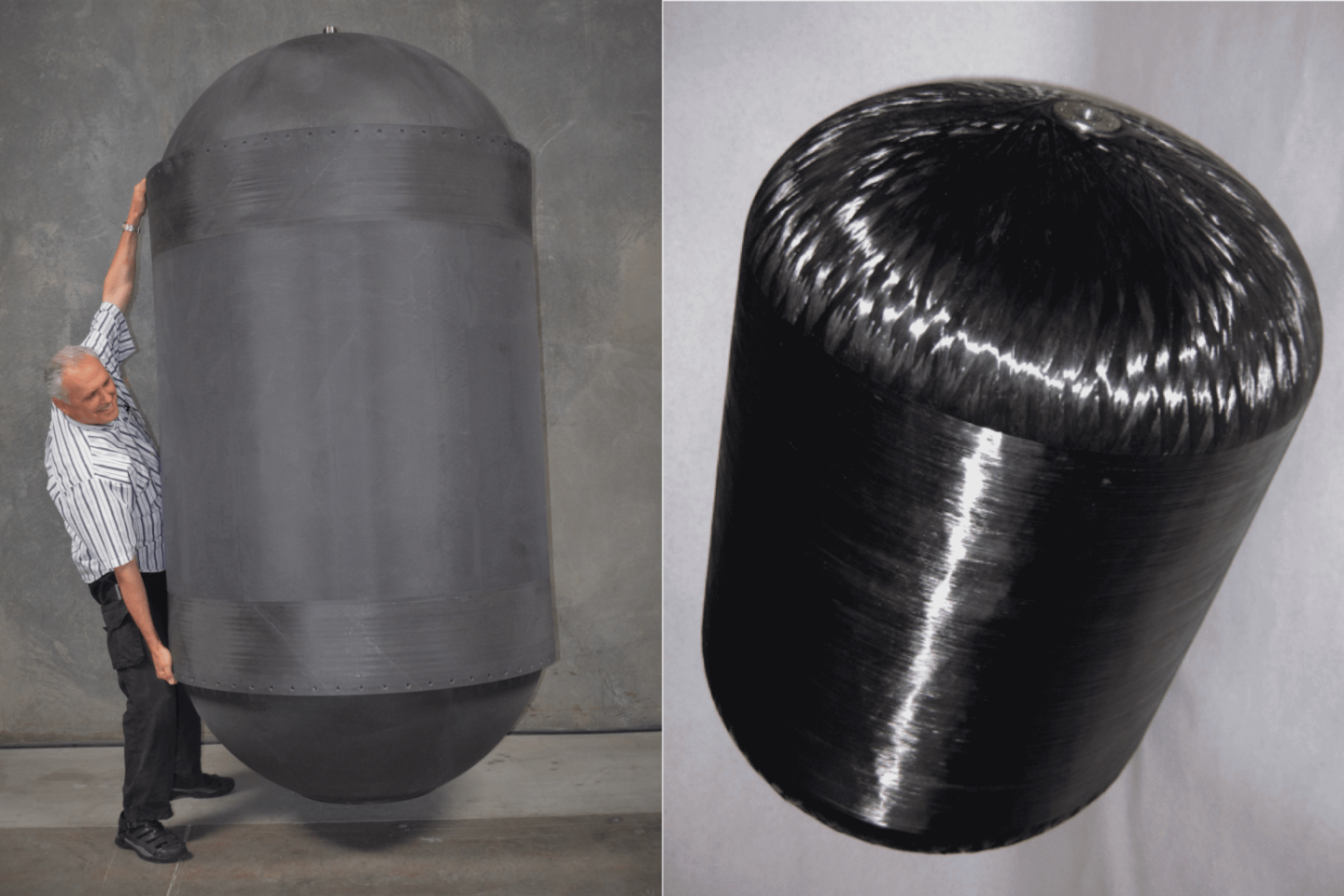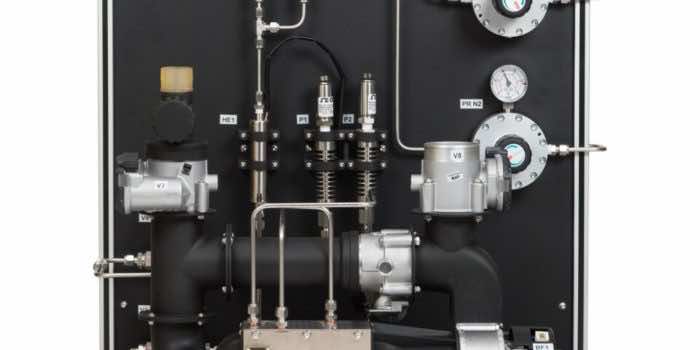A futuristic cryogenic tank design has radically boosted the range of hydrogen-powered aircraft – to the point where clean, fuel-cell airliners could fly up to four times farther than comparable planes running on today’s dirty jet fuel.
Tennessee company Gloyer-Taylor Laboratories (GTL) has developed an ultra-lightweight cryogenic tank made from graphite fiber composites, among other materials.
GTL states that their test has shown 75 percent mass reduction as compared with “state-of-the-art aerospace cryotanks (metal or composite).”

ZeroAvia’s Val Miftakhov said in 2020 that for a typical compressed-gas hydrogen tank, the typical mass fraction (how much the fuel contributes to the weight of a full tank) was only 10-11 percent. Every kilogram of hydrogen needs about 9 kg of tank hauling it about.
“Even at a 30-percent mass fraction, which is relatively achievable in liquid hydrogen storage, you’d have the utility of a hydrogen system higher than a jet fuel system on a per-kilogram basis,” he said.
GTL claims the 2.4-m-long, 1.2-m-diameter (7.9-ft-long, 3.9-ft-diameter) cryotank pictured at the top of this article weighs just 12 kg (26.5 lb). With a skirt and “vacuum dewar shell” added, the total weight is 67 kg (148 lb). And it can hold over 150 kg (331 lb) of hydrogen.

At a mass fraction of over 50 percent, HyPoint says it will enable clean aircraft to fly four times as far as a comparable aircraft running on jet fuel. The operating costs will be reduced by around 50 percent on a dollar-per-passenger-mile basis.
“That’s the difference between this plane going from New York to Chicago with high carbon emissions versus New York to San Francisco with zero carbon emissions,” said HyPoint co-founder Sergei Shubenkov in a press release.
This is expected to massively enhance flight range, cut costs, eliminate carbon emissions or simply just reduce weight to increase cargo or passenger capacity.


